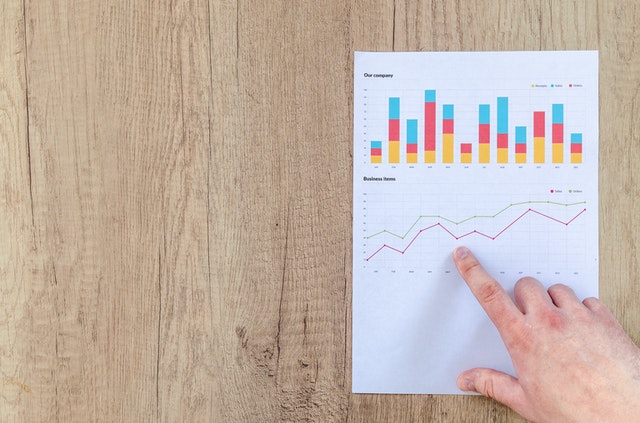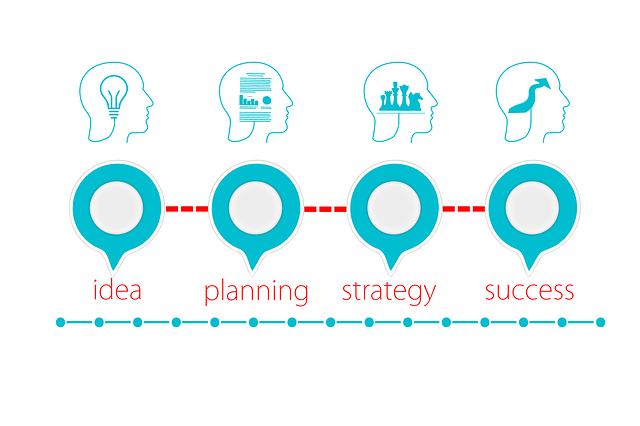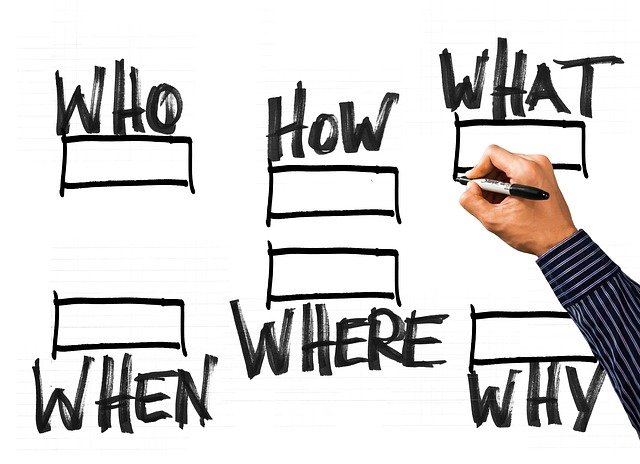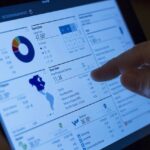Sales forecasting helps a business, be it a start-up or an established one, to figure out how many sales it will make within a set period of time. It is an important exercise for all businesses to arrive at revenue projections. Astro strategist Hirav Shah says having good data is vital for good sales forecasting. However, it has to be remembered that sales forecasting is about having a good plan to work from rather than a solid prediction.
You have a business and you could be a start-up or an established set up. At some point in time, it becomes essential that you figure out how many sales your business is going to make within a stipulated period of time. And that’s precisely what sales forecasting is all about. It is an indispensable exercise as you want to set goals and objectives to reach your target as per your sales forecast.
To understand the term, sales forecasting as the phrase suggests is all about estimating future revenue by predicting the number or amount of products and services a sales unit would sell in the coming week, within a fortnight, a month, quarter or a year. The sales unit could be an individual salesperson, your entire sales team or the whole business. Sales forecasts are mostly based on historical data, industry trends and the status of the current sales pipeline. And like a weather forecast, sales forecasts are a plan to work from and not a solid prediction.
For example, if you are a start-up organic food manufacturer or supplier, getting a sales forecast will help you figure out when and how you will reach, say Rs 50,00,000 target. It will also help you figure out if you can make this revenue, in say, 6 months or three quarters.
To forecast by units, you predict how many units you are going to sell each month using the bottom-up method. The bottom up method can be explained in three simple steps. In step 1, the employee input is provided. In step 2, company-wide collaboration happens and in step 3, tasks are completed and sent to the higher ups. Once done, decide on what the average cost of a unit can be. Multiply these two numbers and you will have total sales for each month. There are two types of sales forecasting, the short-term forecasting and the long-term forecasting. The short-term sales forecasting includes sales forecasts for a few months or few years. On the other hand, long-term sales forecasting includes planning long term, wherein the numbers could be less precise.
Accurate sales forecasting allows business leaders to make smart decisions with regards to setting budgets, defining goals and make hiring decisions, all of which finally affect the cash flow. On the other hand, an inaccurate sales forecast will result in sales managers being unable to predict problems in the sales pipeline in time to fix them. Due to this, they end up being unable to hit the sales target.
However, it has to be remembered that sales forecasting is different from sales goal setting. While sales goals define what you intend to happen, a sales forecast estimates what will happen, irrespective of your goals.
Table of Contents
Requisites for accurate sales forecasts
Good sales forecast requires good data. If you are a start-up and do not have enough data of your own, then going by industry standards or well-educated guesses will help. On the other hand, if you are an established business, then you could use your data history and plan future performance.
As a prep-up to sales forecasts, one has to consider the following steps
Document your sales process
It is pertinent to have a clear and documented sales process, describing all the actions and steps it takes to close a deal. Else, you are bound to have difficulty in predicting if a deal will close or not.
n Set your sales goals or quotas: You will never know if a forecast is good or bad, if you do not have a target. Yes, your forecast is different from your goals, still it is important to set a target. Each representative or sales team needs to have an individual quota.
Check out the following sales metrics that will make forecasting a lot easier
a) The time the customer takes to show interest.
b) How long it takes to close a deal.
c) The average price of a deal.
d) The duration of the customer on-boarding process.
e) Average renewal or rates or how frequently you get repeat business.
f) Conversion rates at each stage of the sales process.
Primarily, you will look to defining the average duration and performance of the sales process.
Understand your current sales pipeline
Make sure you understand what’s in your current pipeline. To put it simply, a sales pipeline is a set of stages that a prospect goes through as they progress from being a new lead into a customer. Also, make sure your CRM is accurate and up to date. Customer relationship management is a technology for managing all your company’s relationships and interactions with present customers and potential customers. Here, it has to be remembered that not having a CRM makes sales forecasting more difficult, but surely not impossible. Hence, it is wise to have a CRM in place.
Methods used for sales forecast
Most businesses club one or two sales forecasting methods to create a range of forecasts. Doing this helps them have a best case scenario and a worst case scenario.
1) Using historical data
Here, one uses a record of business’ past performance under similar circumstances and estimates current performance. It is a rather accurate method, though it ignores other factors that could have changed, like the number of sales reps the business has or how the competitors are doing.
2) Relying on sales reps’ opinions
There are sales managers who simply ask the sales reps when the deal will close and how much it will close for. However, this is not an accurate method as many a time, the sales reps tend to overestimate sales forecasts and there is no repeatable process to generate a consistent forecast.
3) Using deal stages
In this method, one has to assign a probability of closing a deal at each stage in the sales process. Then, at any given point of time, one can multiply this probability by the size of an opportunity to generate revenue projection. However, there is one problem. It ignores the age of the opportunity. Let’s say one customer booked a sale two weeks before and another one two months ago, there is no way to know if they will close the deal.
4) Sales cycle forecasting
Then we progress to using the age of the sales opportunity, rather than probability. It compares for how long a deal has been in the pipeline when compared to the normal length of time it takes to close a deal. However, this method needs accurate data feed into the CRM. This will help you see the kind of lead it is and how long it’s been in the system. Else, the sales reps will have to enter a lot of data.
5) Pipeline forecasting
Here, one can look at each opportunity sitting in the pipeline and analyse it based on various factors such as age, deal type and deal stage.
6) Using a custom forecast model
This method is more of a combination of all of the above mentioned methods. One would require analytics tools or CMR reports to help create forecasts. Also, you need very good data. If one has these resources, then this model can be the most accurate. One can also take age of the opportunity, current stage in sales process and the characteristics of the prospect that make them more likely to purchase, into consideration.
Consider using the following sales tools for forecasting
- CRM or customer relationship management tool: This software combines the storage and retrieval power of a database with dedicated sales tools that help sales representatives to close the deals. It’s best to pick a CRM based on the size and nature of your business.
- Excel: If your business has few products, then spreadsheet software like Excel should be enough for building sales forecasts.
- Sales Analytics Platforms: This combines data for many products and services, builds forecasts and gives you deep analytics.
- Lead Scoring Tools: Lead scoring tools help you work out which prospects are worth targeting for sales and what priority to give them. This also helps your marketing team with campaign segmentation by suggesting who needs more work as well as level and reason for engagement.
- Project Management Tools with Resource Allocation: This helps your team stay on the task and ensure that the team has the resources to complete the project.
- Accounting Software: If you intend to forecast gross margins and account for the cost of goods sold, one may need to include data from accounting software in forecasting exercises.





































